In the early morning of May 2nd, Chaitén Volcano began to erupt for the first time since what is believed to be 7,400 BCE. For most of the world, this particular eruption is but a vague memory from a segment of international news, but for residents in close proximity it was and still is life altering. Surprisingly, for all of the destruction only one life has been lost.
We left for Chile with little knowledge of what had occurred less than 6 months ago. In fact, our host at hi5 hostel in Puerto Madryn, Argentina was the first to bring the severity of the situation to our attention by suggesting that we might not even be able to enter the city limits due to roads still being closed. At this point we were really intrigued and needed to see it for ourselves regardless. The eruption produced a plume of steam, smoke and ash nearly 17 kilometers high and due to heavy winds was carried east through the Andes, over Argentina and into the Atlantic ocean. We started to see the remnants of volcanic ash about 3 hours from the Chilean border in Esquel, Argentina.
We crossed into Chile by way of the quaint Andean town, Futaleufú. Here we were able to meet with some American ex pats who briefed us on what we could expect to see in Chaitén. Chaitén, only 10 kilometers from the cauldera, was hit the hardest but the 1,000 residents Futaleufú 80 kilometers away were urged to evacuate in the following days as the volcano wasn’t showing any signs of slowing its activity. Our new friend Mitch, originally from Taos, New Mexico recounted his own experience. He remembers his initial reaction of thinking that he had just woken up to the first snow. Since there are hundreds of volcanoes in Chile, it didn’t take long to realize that what occurred over night was far from freshly fallen snow. Most of the residents of Futaleufú waited patiently for direction, but after about 5 days with no utilities and the ash still falling all but the less fortunate sought refuge out of harms way. At this point, we still really had no idea what to expect as Futaleufú had been more or less cleaned up in large part to massive industrial vacuums brought from Buenos Aires coupled with the reserve of its residents.
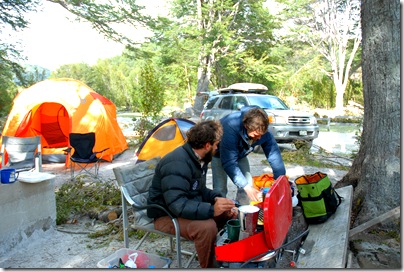 After camping in the outskirts of Futaleufú for the night we were able to get the idea (or so we thought) of living and dealing with all things volcanic ash…it is everywhere and its light powdery consistency permeates anything it comes in contact with. We were absolutely crazy to even entertain a complaint regarding the ash once we finally made the 4 hour drive east to Chaitén. I don’t think any newscast or local tale could’ve prepared us for witnessing the epicenter of the devastation. The town was reminiscent of a filming location for a movie detailing the apocalypse. Our first vantage point happened to be from the cemetery on the way into town, too, so that added to the creepy value just a little bit. As you may be able to tell from the pictures the ash has completely changed the topography of Chaitén absolutely burying some areas by up to 10 meters, as was the case in and around the graveyard. Although the ash pours down as a dust-like consistency, if it does it for hours and days on end it can build upon itself to form what might be misconstrued as cement packed hard and tight. It is this
After camping in the outskirts of Futaleufú for the night we were able to get the idea (or so we thought) of living and dealing with all things volcanic ash…it is everywhere and its light powdery consistency permeates anything it comes in contact with. We were absolutely crazy to even entertain a complaint regarding the ash once we finally made the 4 hour drive east to Chaitén. I don’t think any newscast or local tale could’ve prepared us for witnessing the epicenter of the devastation. The town was reminiscent of a filming location for a movie detailing the apocalypse. Our first vantage point happened to be from the cemetery on the way into town, too, so that added to the creepy value just a little bit. As you may be able to tell from the pictures the ash has completely changed the topography of Chaitén absolutely burying some areas by up to 10 meters, as was the case in and around the graveyard. Although the ash pours down as a dust-like consistency, if it does it for hours and days on end it can build upon itself to form what might be misconstrued as cement packed hard and tight. It is this 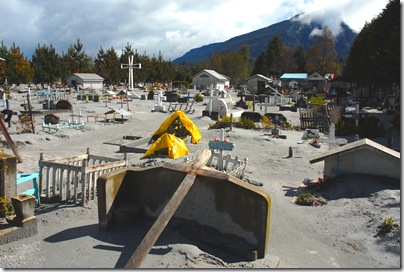 effect that caused yet another reeling catastrophe for the town. If the initial events of May 2 weren’t bad enough the mass of volcanic ash formed a dam in the town’s river causing it to flood before carving a path to sea all while severly damaging countless homes and properties. Redirecting the river is the first major task to restoring the once bustling tourist hub. There were only two industrial construction vehicles attempting this while we were there so all that can really be said is that it is coming along extraordinarily slowly, but nevertheless surely. It’s easy to believe that most of the former residents have simply given up as the damage proves to be beyond daunting. Apparently the government has provided what they can, but without the privatized monies and aid of insurance agencies to return to people what was once theirs, most people went ahead and have started over in surrounding areas. Even livable structures are useless as basic utilities have yet to be restored.
effect that caused yet another reeling catastrophe for the town. If the initial events of May 2 weren’t bad enough the mass of volcanic ash formed a dam in the town’s river causing it to flood before carving a path to sea all while severly damaging countless homes and properties. Redirecting the river is the first major task to restoring the once bustling tourist hub. There were only two industrial construction vehicles attempting this while we were there so all that can really be said is that it is coming along extraordinarily slowly, but nevertheless surely. It’s easy to believe that most of the former residents have simply given up as the damage proves to be beyond daunting. Apparently the government has provided what they can, but without the privatized monies and aid of insurance agencies to return to people what was once theirs, most people went ahead and have started over in surrounding areas. Even livable structures are useless as basic utilities have yet to be restored.
The first people we encountered were two gentlemen trying to salvage plots from the graveyard-one man was clearing the future burial sights for he and his wife, while the other man was employed by someone else for the same reason. We also encountered a man who was able to point out the remains of his home teetering on the edge of the newest river bank. Of the few people that we did come across you could tell that they were simply exhausted from their efforts and needless to say, our hearts go out to those affected.
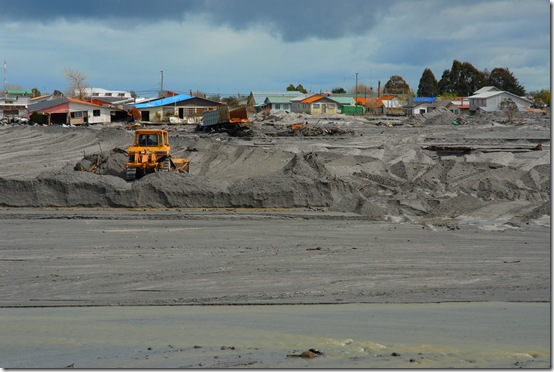
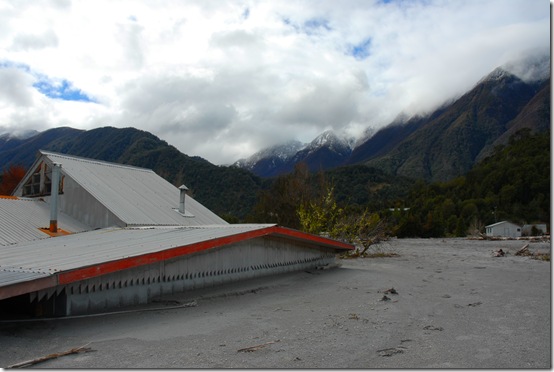
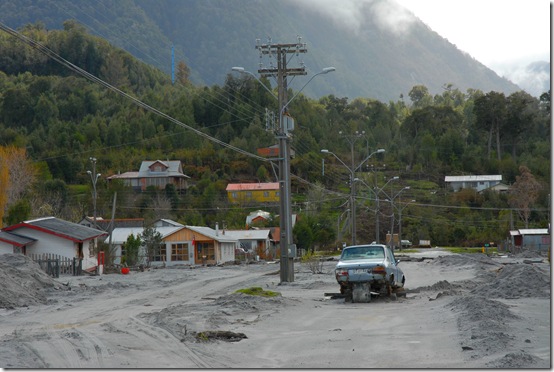
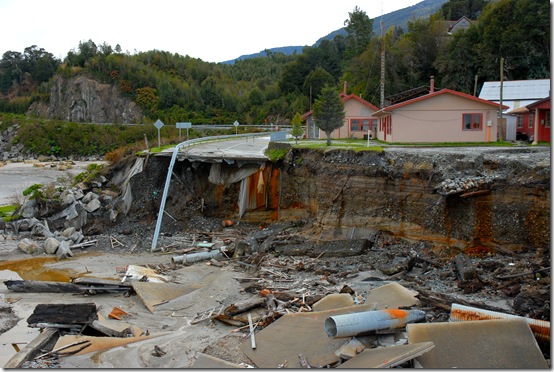
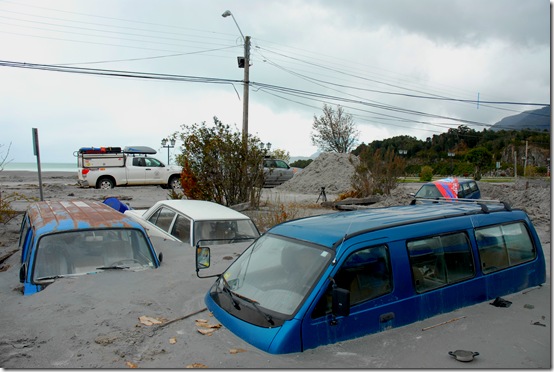
INSERT_MAP
